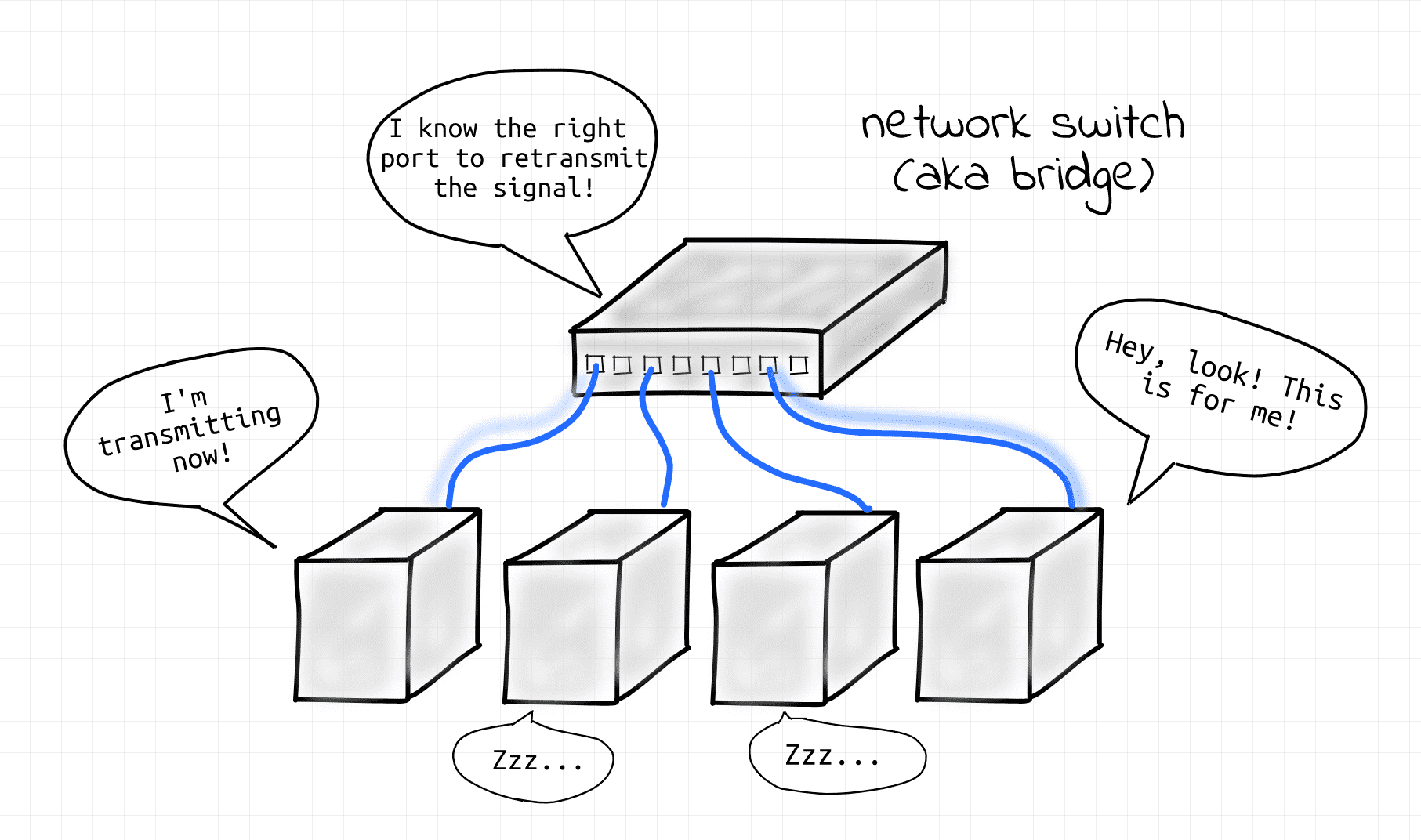Just kidding, it's not... But fear not and read on!
Working with containers always feels like magic.
In a good way for those who understand the internals and in a terrifying - for those who don't.
Luckily, we've been looking under the hood of the containerization technology for quite some time already and even managed to uncover that containers are just isolated and restricted Linux processes,
that images aren't really needed to run containers,
and on the contrary - to build an image we need to run some containers.
Now comes a time to tackle the container networking problem.
Or, more precisely, a single-host container networking problem.
In this article, we are going to answer the following questions:
- How to virtualize network resources to make containers think each of them has a dedicated network stack?
- How to turn containers into friendly neighbors, prevent them from interfering, and teach to communicate well?
- How to reach the outside world (e.g. the Internet) from inside the container?
- How to reach containers running on a machine from the outside world (aka port publishing)?
While answering these questions, we'll setup a container networking from scratch using standard Linux tools.
As a result, it'll become apparent that the single-host container networking is nothing more than a simple combintion of the well-known Linux facilities:
- network namespaces;
- virtual Ethernet devices (veth);
- virtual network switches (bridge);
- IP routing and network address translation (NAT).
And for better or worse, no code is required to make the networking magic happen...
Read more
